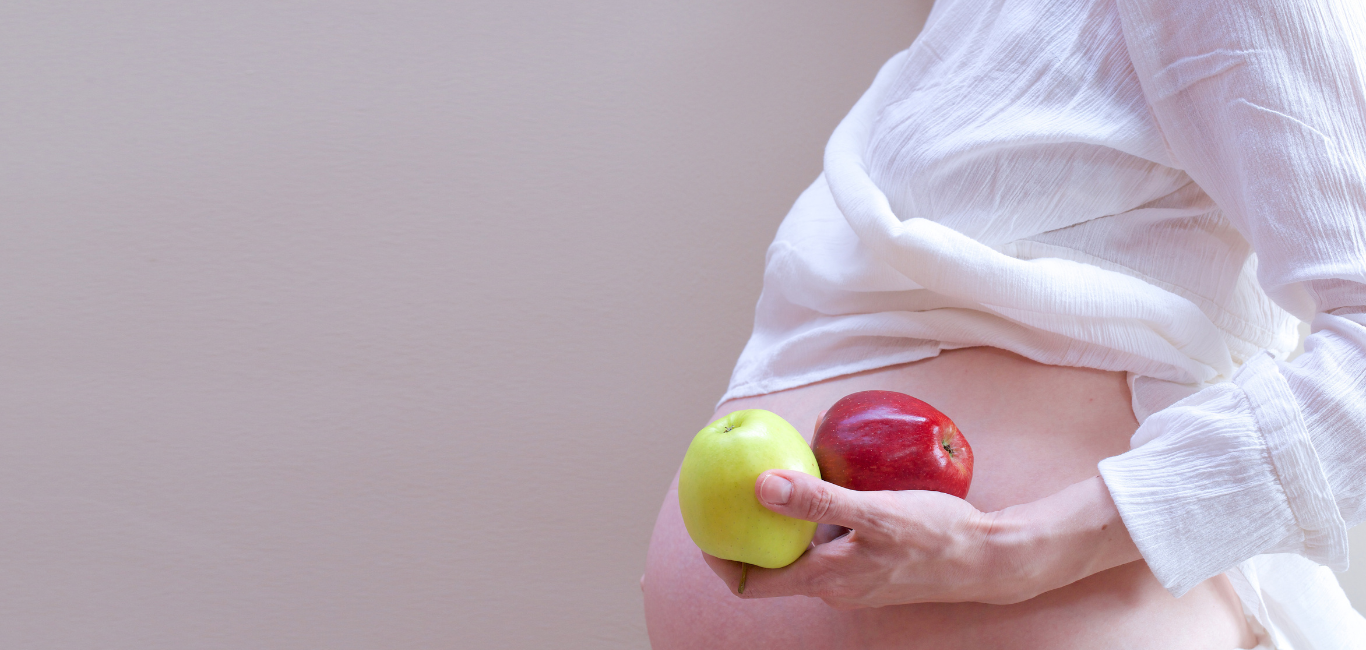Cerebral palsy is a neurological condition that occurs when certain brain parts that control the body’s movement do not develop or work right. People with cerebral palsy find it difficult to carry out daily activities and move around as the brain cannot send the signals correctly.
“The type of brain damage decides what kind of issues someone with cerebral palsy might have,” says Dr Vivian Nehal Monis, physiotherapist based in Bengaluru. He adds, “The parts of the body affected and how difficult it is to do things like moving around or everyday activities depend on how severe the condition is and the specific type of cerebral palsy a person has.”
There are four types of cerebral palsy based on the affected regions, each with its own spectrum of symptoms.
- Spastic
- Dyskinetic
- Ataxic
- Mixed
Dr Monis says in order to apply any therapy approach or intervention to a child with cerebral palsy, it is essential to understand the type of cerebral palsy the child is having.
The infographic below explains how damage to different areas of the brain can result in various forms of cerebral palsy and the reasons behind this variation.
Read more – Physiotherapy for cerebral palsy: meeting milestones


















